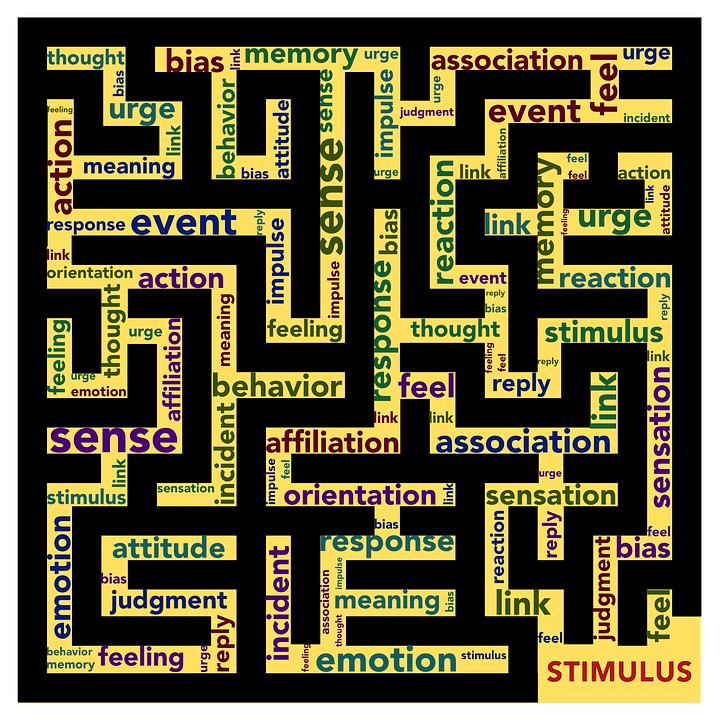
Do Employees Understand Your Desired Culture?
If you ask your employees to describe your corporate culture, you may be surprised by their answers. If there is a disconnect between how you want your workforce to think and behave and how they actually treat each other and get work done on a daily basis you, and your business, are in for trouble.
The larger the gap between your current and desired workplace culture, the larger the gap between your ability to execute your business and talent strategies.
The Importance of Cultural Alignment at Work
We know that cultural alignment at work has a quantifiable impact on business and people performance.
What Is Corporate Culture?
We define culture as how things truly get done in an organization. It can be measured by understanding the way people think, behave, and work. This includes the known and unspoken corporate values and assumptions that drive key business practices and behaviors.
Corporate culture is often set in large part by its leaders. In fact, how leaders define ,model, and align their corporate culture has become a critical variable in defining the success and failure of their corporate strategies.
How Organizational Culture Can Work Against Corporate Strategy
Companies need to regularly assess cultural norms to ensure that they fully align with the organization’s strategic goals. If leaders aren’t thoughtful about how work gets done in terms of customer centricity, market approach, decision making, risk taking, innovation, and process variation, the company culture may make it difficult to execute key strategies.
For example, one recent high-tech client formed a strategy that called for high levels of customer intimacy to win work, but their internal processes were built to support an outdated and transactional approach to dealing with clients. This caused new deals to get stalled and made it almost impossible to create the required bespoke solutions for their new clients.
Another financial services client found that their inability to make decentralized decisions inhibited their strategy to rapidly scale.
Four Steps to Shape the Corporate Culture You Want
You will know you are on the right path to strategic clarity when your strategic priorities can be captured on a one-page strategy map and be clearly articulated by those in charge of executing it.
When leaders agree on how to treat customers, go to market, make decisions, share information, and manage risk, it provides clear direction about “The Way” work needs to get done.
It is one thing to know how you want people to behave, it is another to understand “how” work currently gets done. Only your employees can tell you what it is truly like to work in your organization.
The Bottom Line
Are you sure that your leaders and employees have understood your desired culture? Are you sure that your culture is helping and not hindering your team’s ability to move your business strategy forward? If not, you have some culture work to do in order to ensure that your company is firing on all cylinders.
To learn more about how to ensure that your leaders and employees understand your desired culture, download The 3 Levels of Corporate Culture to Get Aligned for Higher Performance
Explore real world results for clients like you striving to create higher performance